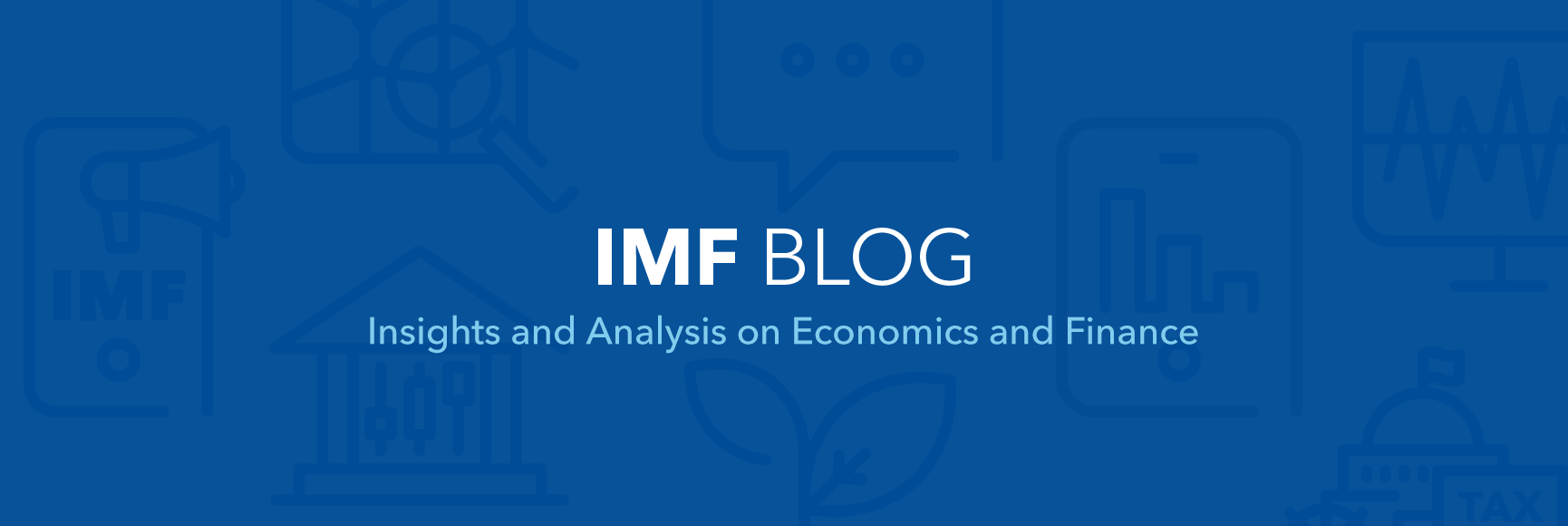Monetary stability seems almost a given today, even taken for granted. It wasn’t always like that. Not so long ago, high and volatile inflation routinely raised its ugly head and threatened living standards. Some of us even remember those days! It wasn’t pleasant. But since then, an effective antidote has pretty much wiped out rampant price instability. Over the past three decades, better monetary frameworks have caused the level and volatility of inflation to fall sharply. These frameworks enshrined price stability as the main monetary policy objective, and provided independence and constrained discretion in the pursuit of this objective, often set out through formal inflation targets.
As I said, it worked out well. Or did it? In reality, there was a gaping hole in the system. While monetary policy frameworks fortified the castle against inflation at the front, they didn’t pay much attention to back door vulnerabilities. I’m talking about financial stability.
Quite simply, price stability and financial stability are not always aligned, and are even sometimes at odds with each other. Financial stability comes under threat when rising credit feeds asset price bubbles, which in turn feed unsustainable booms in consumption and investment. But the monetary policy frameworks might not sound the alarm, as consumer prices might be stable while this is happening. This can continue for a number of years, until the financial bubble bursts and threatens not only the financial system, but the real economy and price stability too. We saw this clearly in the current crisis.
So how can we align price and financial stability? One answer is to simply add financial stability as a separate objective for monetary policy. But this marriage of convenience could easily end in divorce—it would cause conflict, and both objectives could be missed, making a serious dent in the central bank’s credibility.
There is a better way. This involves linking prudential tools to macrofinancial developments—this is an important part of what we mean by “macroprudential” policy. Prudential tools should be sharpened to counter the build-up of financial imbalances at their root. Policy frameworks should make effective use of these tools. This way, monetary and prudential policies will live in harmony.
While prudential policy comes first in the pursuit of financial stability, monetary policy also supports financial stability when consistent with price stability. But to do this, policymakers must get a better grasp of how monetary policy ultimately affects output and inflation and how this is in turn affected by financial developments, both domestically and globally. Increasing global trade and financial linkages over the past two decades have complicated things across a variety of dimensions. For a start, in many economies domestic long-term rates are now determined more by international demand for domestic financial assets, and central banks’ ability to move them is more limited. Second, the pressure from foreign-financed consumption can be released through current account deficits rather than inflation. And third, it was global, not local, liquidity that mainly lay behind the build-up of financial imbalances—especially in smaller countries, differences between local and global rates enticed capital inflows, and this only fueled the fire.
This is all complicated, and needs further analysis. In the meantime, I think we can derive the following broad conclusions:
- Prudential policies must be the first defense against credit-fueled asset booms. This is a powerful tool, and it doesn’t depend on whether the boom is driven by capital inflows or funded domestically.
- Monetary policy can help by non-mechanistically “leaning” against the build-up of financial imbalances, such as credit booms which finance asset bubbles. Of course, it should not lean too far—everything must stay consistent with price stability.
- In general, the response depends on circumstances. It’s less about mechanics and more about judgment, making use of all available information.
- By paying closer attention to financial stability in the pursuit of price stability over the medium term, monetary policy can become more symmetric during the cycle. This means more “leaning” in good times and the need for “less cleaning” in bad times once bubbles explode.
So then, there is still much work to be done in developing a new policy framework to marry monetary and financial stability. Of course, each policy framework has its own nature—monetary policy aims mainly at price stability and prudential policies strive after financial stability. But we need a better and more enduring relationship between the two, and this will be the great challenge going forward.




